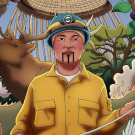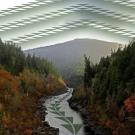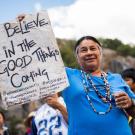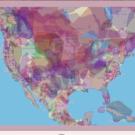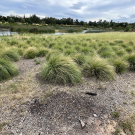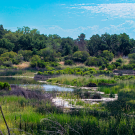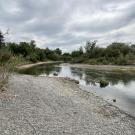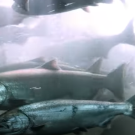Forest and Fires
HSS 4.1, HSS 4.2, HSS 4.2.1, 4-ESS3-1, RI.4.4, RI.4.7, SL.4.2This cross curricular lesson introduces students to the differences between wildfires and cultural or controlled fires, grounding their learning in both traditional ecological knowledge and scientific understanding. Designed for 4th grade learners, the lesson uses clear language and high-interest visuals to explain how Indigenous fire practitioners have used fire as a powerful tool to care for their ancestral territory and ecosystems for generations.
